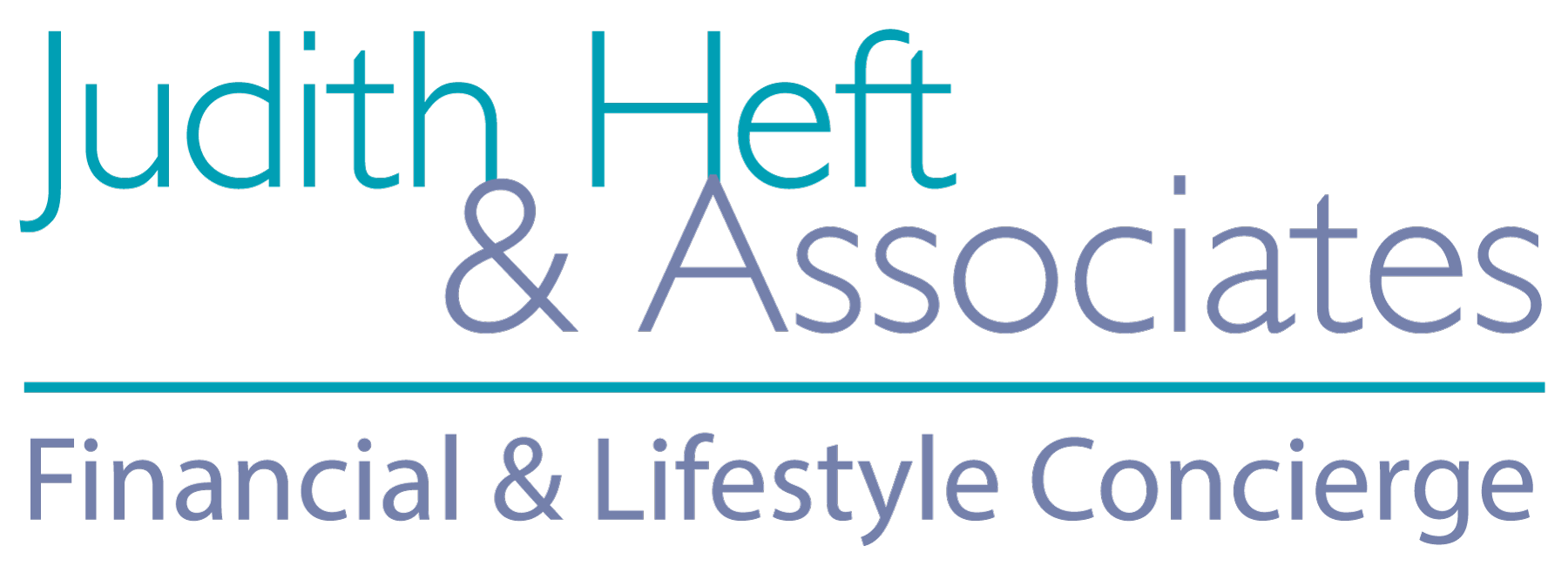I’m not a CPA, and when it comes to all the rules and regulations surrounding individual retirement accounts (IRAs), I know I’ve made the right career choice. Most people know that there are two types of IRAs called Traditional and Roth, but not much else.
The emergence of micro-investing apps that offer IRAs has made investing easier for young people — which is a good thing! So I’ve put together a cheat sheet with them (or you) in mind that just scratches the surface of the topic of IRAs, but is hopefully a good primer for you to read before seeing your accountant.
Traditional IRA: Untaxed dollars go in, taxed dollars come out.
- Traditional IRAs offer tax advantages by allowing contributions to be tax-deductible.
- Earnings grow untaxed while in the IRA, but withdrawals and distributions are taxed.
- Some of the tax savings are based on the assumption that the retiree will be in a lower tax bracket when the money is withdrawn.
- Traditional IRAs can be converted to Roth IRAs.
- There is a 10% early withdrawal penalty if the participant is under age 59½.
Roth IRA: Taxed dollars go in, untaxed dollars come out.
- Roth IRAs are individual retirement accounts that get funded with after-tax dollars.
- Contributions made by you can be withdrawn at any time, tax- and penalty-free.
- Earnings made off your contributions may be withdrawn tax- and penalty-free after five years.
- The money you withdraw does not get added to your Adjusted Gross Income.
- Distributions are not counted in Social Security calculations.
Once you and your financial professional have decided which plan is right for you, I am happy to help with the upkeep of the account — although, if you insist, I will allow you to pay me the same as your accountant!

Recent Comments